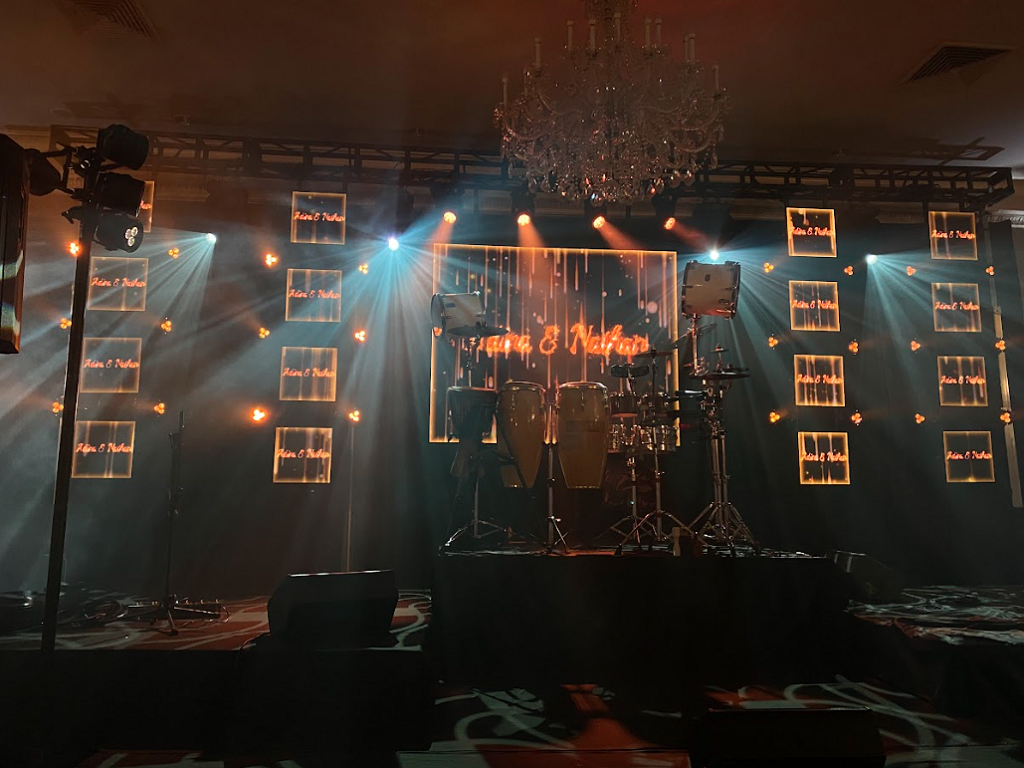Illumination plays a crucial part in video projection because it establishes the mood and tone of the display. Different illumination techniques can elicit various feelings and responses from the audience. For example, using soft, warm illumination can create a inviting atmosphere, while bright, cold lights may create a more dynamic or intense impact. By thoughtfully selecting light hues and brightness, artists can influence how audience interpret the projected visuals, leading to a more immersive experience. The equilibrium between projection brightness and ambient illumination is crucial, as it can greatly affect the visibility and impact of the images.
In addition, hue and brightness, the direction of light also affects the efficacy of projection. Lighting from different directions can create shadows and accents that add depth to the projected images. This method, known as chiaroscuro, can improve the three-dimensionality of the objects being mapped. Additionally, using moving illumination can introduce energy to the exhibit, making the encounter more engaging for the audience. When the light collides with the mapped images, it can create an illusion of motion and transformation, grabbing the audience's focus.
Another important element of lighting in projection is the use of special features. Techniques such as gobo lighting, which uses patterns and shapes to project light, can add depth and intricacy to the mapping. This approach enables creators to layer images Get More Information and produce aesthetically captivating results that enhance the projection. Moreover, incorporating lasers or LED illumination can further improve the exhibit, offering a unique mix of sight components that attract the viewers in. These unique effects, when event design with video elements used thoughtfully, can elevate the projection beyond a simple display to an immersive work of creativity.
In summary, the influence of illumination methods on motion mapping is significant. By comprehending how different lighting elements interact with mapped images, artists can create captivating encounters that connect with viewers. The careful choosing of hue, intensity, direction, and special effects enables for a vivid tapestry of sight storytelling. As technology advances to evolve, the possibilities for creative expression in mapping will only grow, making illumination an ever-important aspect in this innovative creative medium.
